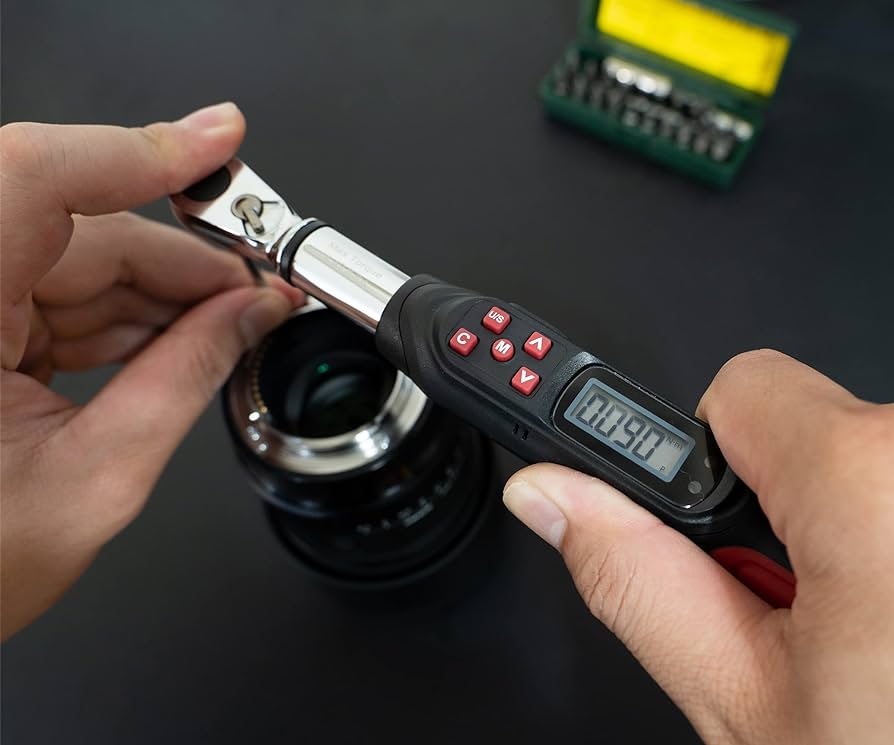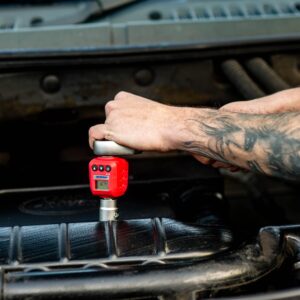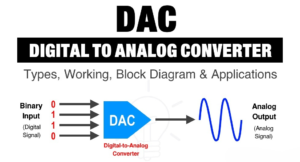As a Digital Creator immersed in the world of mechanical engineering and construction, I understand the paramount importance of precision. Whether I’m assembling delicate electronics or securing critical components in heavy machinery, achieving the correct torque is crucial to ensuring safety, reliability, and optimal performance. This is precisely where digital torque wrenches come into play. In this article, we will delve into the significance of digital torque wrenches in precision fastening and how they have revolutionized the way we approach torque measurement and control.
Understanding Torque and Its Importance
Before delving into digital torque wrenches, it’s essential to understand the concept of torque. Torque is the rotational force applied to an object, usually measured in pound-feet (lb-ft) or Newton-meters (Nm). Proper torque application is crucial to prevent under or over-tightening, which can lead to mechanical failures, equipment damage, or safety hazards.
The Evolution of Torque Wrenches
Traditional torque wrenches have been used for decades to apply precise torque. However, they often rely on mechanical mechanisms, such as a spring or clicker, to indicate when the desired torque has been reached. While these tools can be effective, they are prone to human error and lack the advanced features offered by digital torque wrenches.
Digital Torque Wrenches: The Game-Changer
Digital torque wrenches have revolutionized the fastening industry by providing accurate and reliable torque measurements while offering advanced features that enhance precision and efficiency. These tools incorporate electronic sensors and microprocessors to measure and display torque values digitally, eliminating the need for manual interpretation or guesswork.
Benefits of Digital Torque Wrenches
Digital torque wrenches offer several advantages over traditional wrenches:
- Accuracy and Precision: Digital torque wrenches provide precise measurements, often with a margin of error of less than 2%. This level of accuracy ensures consistent and reliable torque application, reducing the risk of mechanical failures or premature component wear.
- User-Friendly Interface: These wrenches feature easy-to-read digital displays, allowing users to monitor torque values in real-time. Some models even provide audible or visual signals when the desired torque is reached, minimizing the chances of over-tightening.
- Multiple Measurement Units: Digital torque wrenches can be calibrated to display torque values in various units, including lb-ft, Nm, kg-cm, and in-lb, making them versatile tools that cater to different industries and applications.
- Data Logging and Record keeping: Many digital torque wrenches are equipped with built-in memory or Bluetooth connectivity, allowing users to store and transfer torque measurement data to a computer or mobile device for analysis and documentation. This feature is particularly valuable in industries that require traceability and quality control.
- Programmable Settings: Advanced digital torque wrenches often allow users to program specific torque values, tightening angles, or sequences, making them ideal for complex assembly tasks where multiple fasteners need to be tightened in a specific order.
Applications of Digital Torque Wrenches
Digital torque wrenches find applications across various industries and sectors, including:
- Automotive and Aerospace: Digital torque wrenches are extensively used in the automotive and aerospace industries for precision fastening of critical components, such as engine parts, aircraft structures, and safety-critical fasteners.
- Electronics and Electrical: These wrenches are employed in the assembly of electronic devices, circuit boards, and electrical equipment, where precise torque application is essential to prevent damage to delicate components.
- Industrial Manufacturing: Digital torque wrenches are utilized in various industrial manufacturing processes, including machinery assembly, equipment maintenance, and quality control, ensuring consistent and accurate torque application.
- Construction and Infrastructure: In the construction industry, digital torque wrenches are indispensable for fastening structural elements, such as steel beams, concrete forms, and bridge components, where safety and structural integrity are of utmost importance.
Choosing the Right Digital Torque Wrench
When selecting a digital torque wrench, several factors should be considered:
- Torque Range: Determine the torque range required for your specific application. Choose a wrench that can accommodate the desired torque values without exceeding its maximum capacity.
- Accuracy and Calibration: Look for wrenches with high accuracy ratings and ensure they can be calibrated or certified to meet industry standards.
- Features and Functionality: Consider the specific features you require, such as data logging capabilities, programmable settings, or Bluetooth connectivity.
- Durability and Ergonomics: Choose a wrench that is built to withstand the demands of your working environment while offering comfort and ease of use during prolonged use.
Digital Torque Wrench FAQ
What is a digital torque wrench?
A digital torque wrench is a specialized tool used for accurately tightening fasteners such as nuts and bolts to a specific torque value. Unlike traditional torque wrenches, digital torque wrenches feature a digital display that shows the applied torque in real-time, allowing for precise control and measurement.
How does a digital torque wrench work?
Digital torque wrenches utilize electronic sensors to measure the amount of torque being applied during tightening. This information is then displayed on a digital screen, providing users with immediate feedback on the applied torque. Some digital torque wrenches also feature audible or visual alerts to indicate when the target torque has been reached.
Are digital torque wrenches suitable for all applications?
Digital torque wrenches are suitable for a wide range of applications, including automotive repair, construction, and industrial manufacturing. However, they may not be suitable for extremely high torque applications or environments where they may be exposed to excessive moisture, dust, or other contaminants. It’s essential to choose a digital torque wrench with the appropriate torque range and durability for your specific needs.
How do I calibrate a digital torque wrench?
Calibration procedures may vary depending on the manufacturer and model of the digital torque wrench. It’s crucial to follow the manufacturer’s instructions carefully to ensure accurate torque measurement. Some digital torque wrenches may require periodic calibration by a certified technician to maintain accuracy.
Can digital torque wrenches be used for loosening fasteners?
While digital torque wrenches are primarily designed for tightening fasteners, some models may also feature a “reverse torque” function for loosening bolts and nuts. However, it’s essential to use caution when using a digital torque wrench for loosening, as excessive force could damage the tool or fastener.
Conclusion
Digital torque wrenches have transformed the way we approach precision fastening, offering accurate and reliable torque measurements, user-friendly interfaces, and advanced features for enhanced precision and efficiency. These tools find applications in various industries, including automotive, aerospace, electronics, and construction. When selecting a digital torque wrench, consider factors such as torque range, accuracy, features, and durability. By utilizing digital torque wrenches, professionals can ensure precise torque application, minimizing the risk of mechanical failures, and achieving optimal performance in their fastening applications.
Also Read:
The Significance of Digital Torque Adapter in Precise Torque Measurement








Be First to Comment